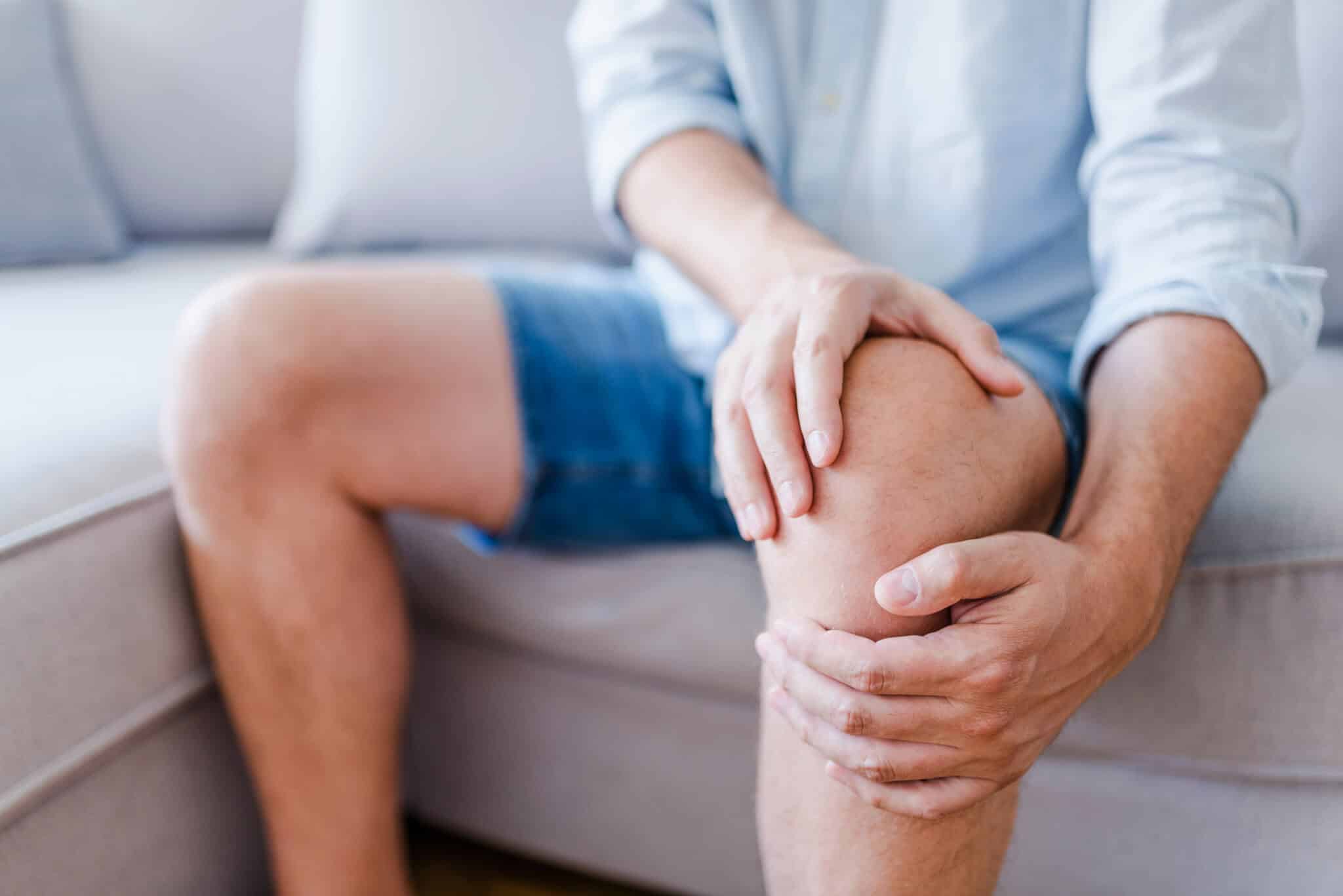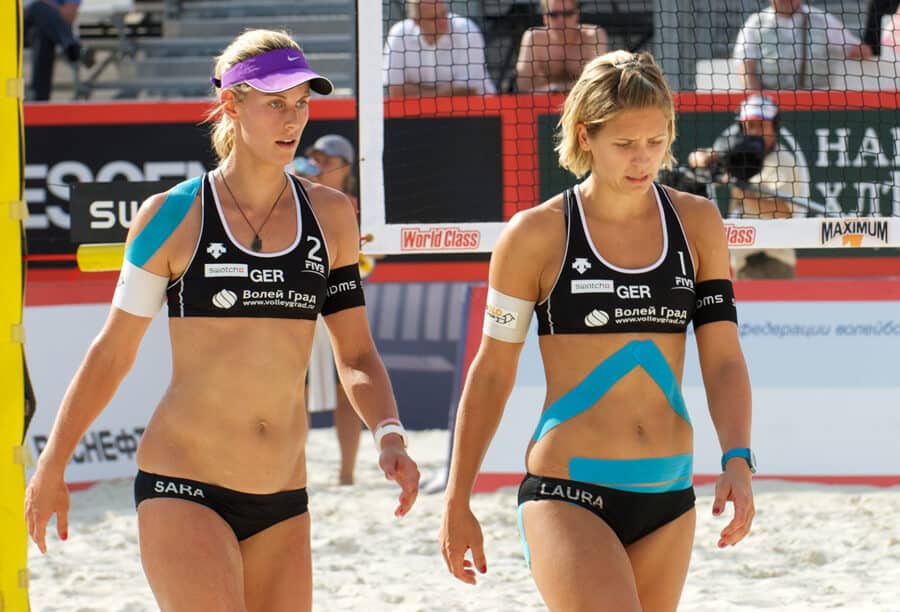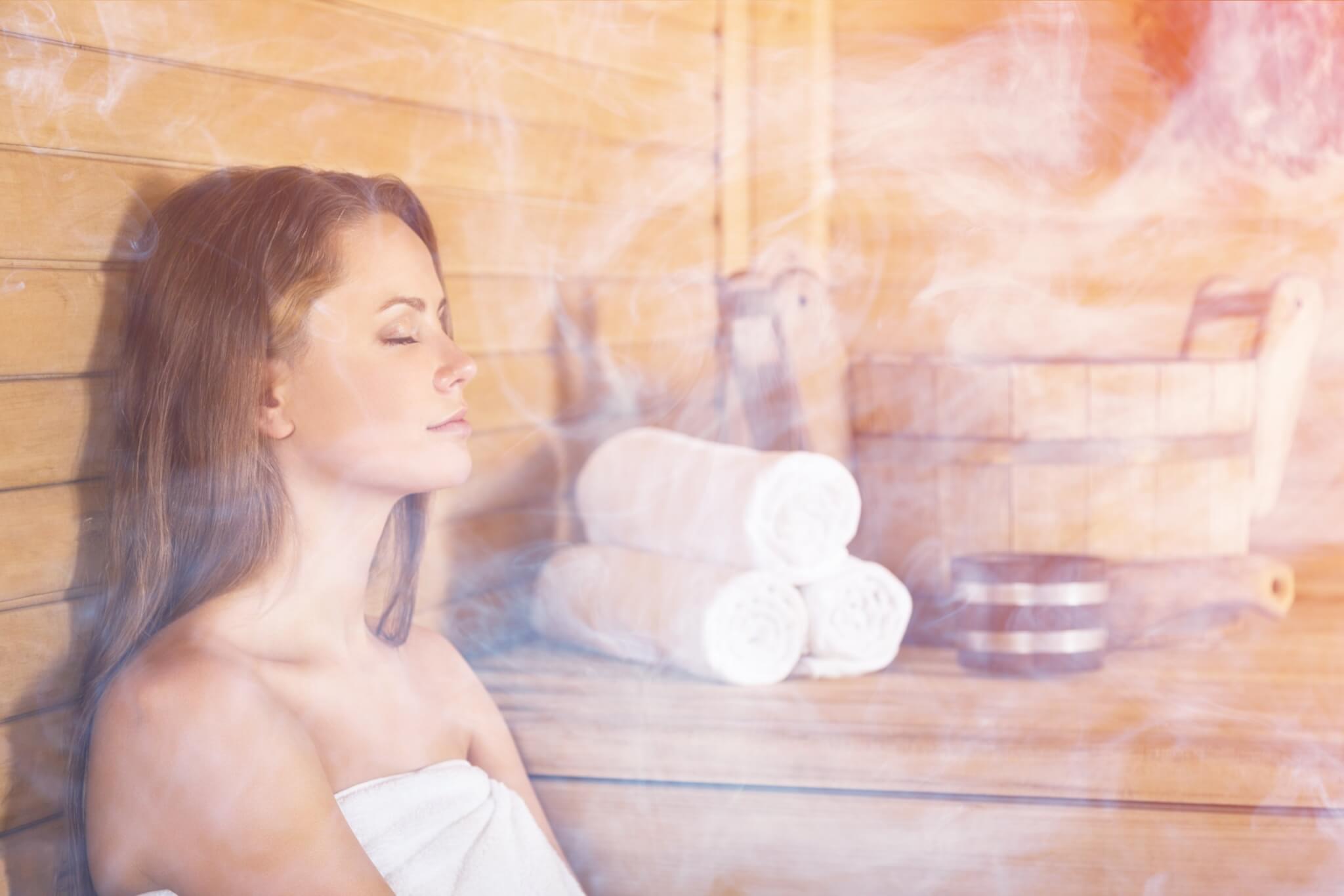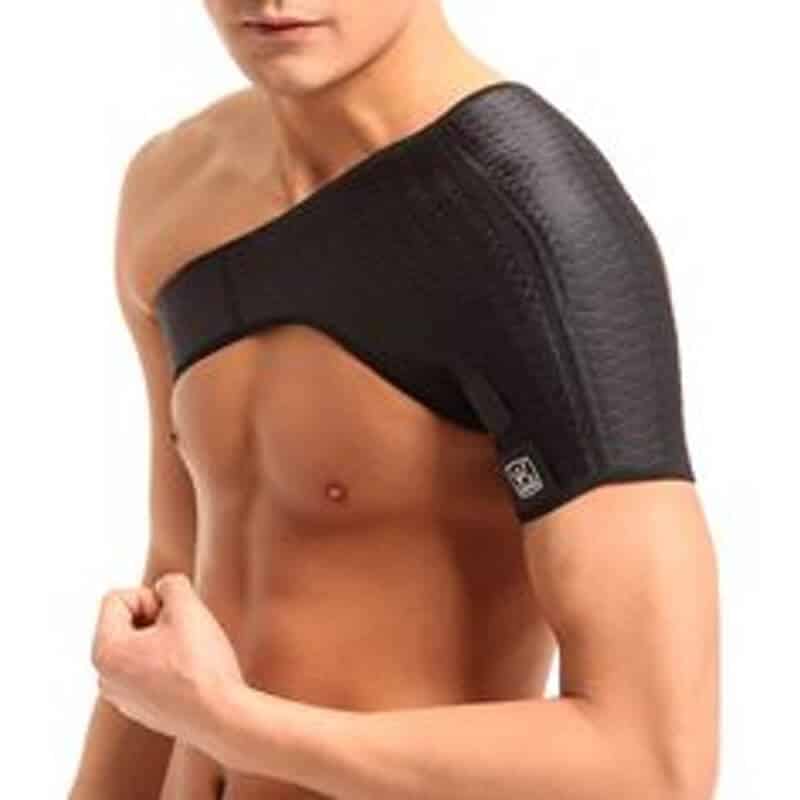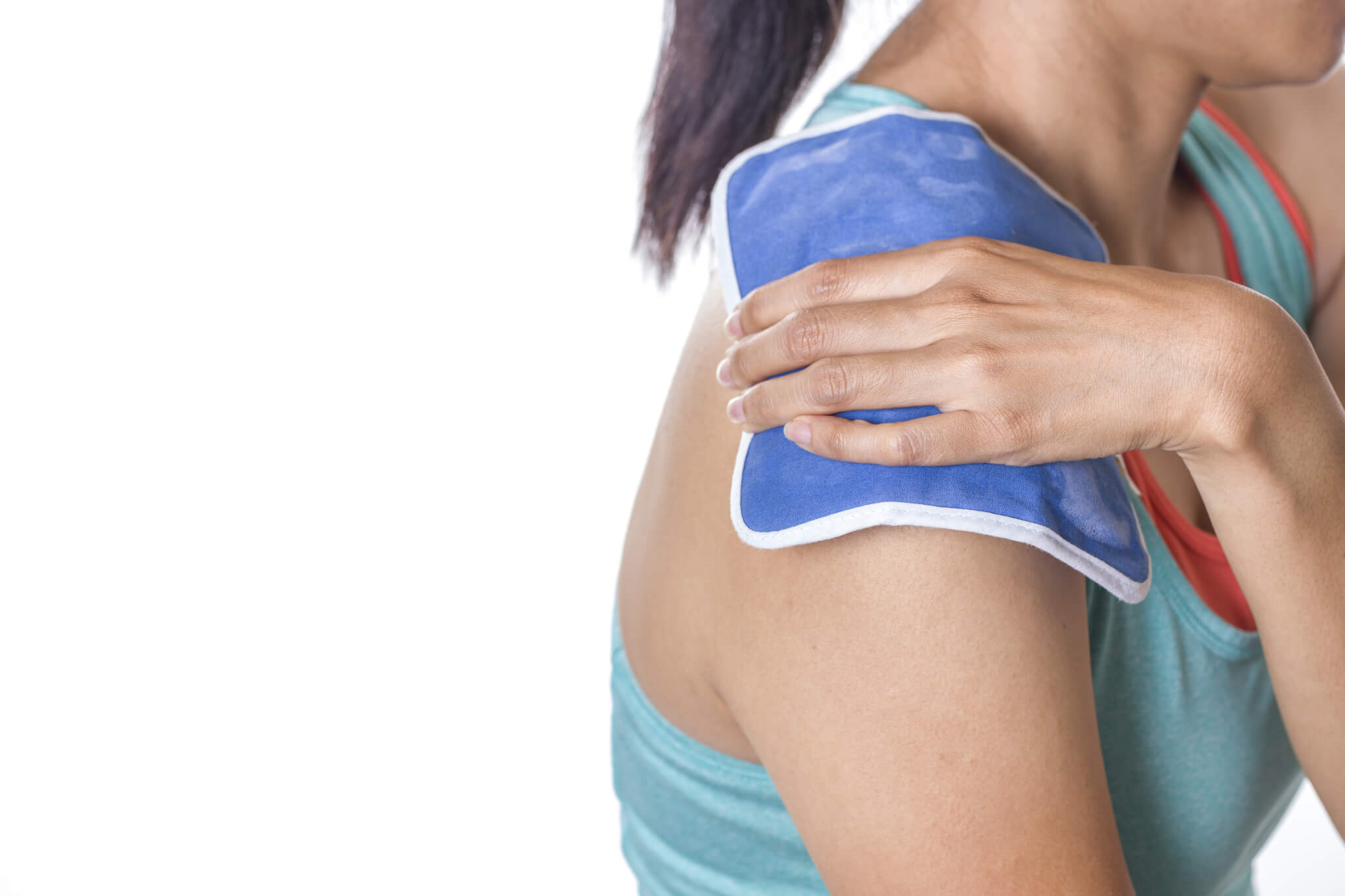How To Use Heat Therapy And Cold Therapy
When it comes to treating pain or injury, heat and cold are among the most tried and tested methods. While medical technology has made leaps and bounds in recent decades, many treatments for some of the most common injuries include using either heat, cold or a combination of the two. However, many people are tempted to use heat therapy and cold therapy as silver bullets, cure alls for any type of pain at any time. This incorrect assumption can lead to an inefficient healing process at best and an even more debilitating injury at worst. Here are a few tips on how to use heat therapy and cold therapy in the proper way to treat an injury.
How Heat Therapy Works
Heat therapy, or thermotherapy, is most commonly used for chronic pain. It promotes blood flow and helps muscles relax. Applying heat to an inflamed region will dilate the patient’s blood vessels, promote blood circulation, and will also help to relax sore and tightened muscles. The improved circulation controls the accumulation of lactic acid that occurs after certain types of exercise. This in turn decreases pain from muscle tightness and cramps.
Heat therapy also reassures the patient from a psychological point of view, something that adds to its pain-relieving properties.
It can be applied using various methods. These include a hot water bottle, electric or microwavable heating pads and warm baths and/or compresses.
How Cold Therapy Works
Cold therapy, or cryotherapy, is most commonly used for injuries sustained within 48 hours and which cause inflammation. This therapy reduces inflammation by decreasing blood flow. When cold is applied to the body, the blood vessels contract, which reduces circulation and decreases pain. Removing the source of the cold causes the veins to expand to overcompensate. As the blood vessels expand, circulation improves, and the incoming flow of blood brings nutrients to help the injured tissues heal. Cold therapy also numbs sore tissues, acting as a local anesthetic, and slows down the pain messages being transmitted to the brain.
Cold therapy can be applied many different ways, including a water bottle filled with cold water, ice or an ice pack/pad cooled in the freezer or a cool bath.
When And How To Use Heat Therapy
Heat therapy is the most effective method of treating chronic muscle pain or sore joints caused by health issues such as arthritis. Some injuries and conditions that benefit the most from heat therapy include:
● Osteoarthritis
● Strains and sprains (after the 48 hours)
● Tendonitis and other types of chronic tendon pain/stiffness
● Pain or spasms relating to a neck or back injury
● Neck or back spasms that lead to headaches
According to Medical News Today, a 2006 study has concluded that individuals with lower back pain who used exercise and continuous low-level heat wrap therapy experienced less pain than others who did not use heat therapy.
Heat therapy can be used by applying an electrical heating pad, hot water bottle, hot compress, or heat wrap to the affected area, soaking the area in a hot bath (92-100 degrees Fahrenheit, 33-37.7 degrees Celsius), applying heated rubs or patches, and using dry or moist heat packs. Dry heat can be applied for up to eight hours, while moist heat can be applied for two hours.
Heat therapy is most effective and safest when applied for 20 minutes at a time, up to three times a day.
Heat is not suitable for an injury that is already hot, including infections, burns, or fresh injuries. It should also not be used if the skin is hot, red or inflamed, the person has dermatitis or an open wound, the area is numb, or if the person may be insensitive to heat due to peripheral neuropathy or a similar condition or have high blood pressure or heart disease. Excessive heat must also be avoided.
When And How To Use Cold Therapy
Cold therapy is most effectively used to treat a swollen and/or inflamed joint or muscle. It is most effective within 48 hours of an injury. Some injuries and conditions that benefit the most from cold therapy include:
● Osteoarthritis
● Muscle and ligament sprains and strains (within 48 hours of injury)
● Tendinitis, or irritation in the tendons following activity
● Pain caused by a migraine.
Some studies have shown that professional athletes who used cold therapy treatments reduced their exercise-induced muscle damage (EIMD) that can lead to delayed onset muscle soreness (DOMS).
Cold therapy can be applied using:
- A cold compress or a chemical cold pack;
- Immersion or soaking in cold (not freezing) water, or
- Massaging the area with an ice cube or an ice pack.
The most effective and safest way to apply cold therapy with an ice pack is to apply it to the inflamed area for 20 minutes, every four to six hours, for three days. When massaging an injury with ice, do so in a circular motion from two to five times a day, for a maximum of five minutes.
Cold therapy is not suitable for an injury if:
- There is a risk of cramping;
- The person is already cold;
- The area is numb;
- There is an open wound or blistered skin;
- The patient has a vascular disease, injury or dysfunction that affects blood flow, or
- The patient is hypersensitive to cold.
Cold therapy should also not be used immediately before activity and ice should not be applied directly to the skin or to the bony portions of the spinal column.
When To Use Both
In some cases, alternating heat and cold may help athletes recover from various injuries, relieve pain and treat health conditions. The combination of heat therapy and cold therapy greatly increases blood flow to the injury site, which delivers oxygen to the area, helping it heal quicker with less pain. Some injuries and conditions that benefit the most from alternating heat and cold therapy include:
● Osteoarthritis
● Exercise-induced injury or DOMS
● Mild strains, sprains or muscle pulls
Alternating between heat therapy and cold therapy can be achieved by using ice packs or cold compresses and heating pads or through contrast water therapy (soaking or exposing the injured area in both cool and warm baths/water). Again, it is important to never use extreme heat or cold and to never apply ice directly to the skin for any substantial length of time.



